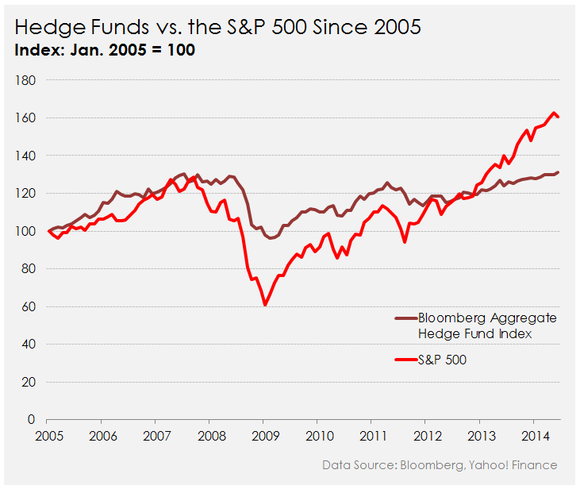Investing in Spiders (SPDRs)
Post on: 16 Март, 2015 No Comment

Discussion Boards
The newfangled S&P Depositary Receipts (SPDRs) have been quite popular recently — particularly among managers of the Fool Portfolio, who purchased some of these arachnids back on December 31, 1997. Because of the flood of questions, it seems like a good idea to go over what may be a superior alternative to an S&P 500 Index fund for many investors.
S&P Depositary Receipts, otherwise known as spiders, represent a single unit of ownership in the SPDR trust. Units of the trust are bought and sold like individual shares of stock and they trade on the American Stock Exchange under the ticker symbol SPY. As the SPDR trust is a pool of money managed to perfectly mimic the Standard & Poor’s 500 Composite Stock Price Index, the price of a unit in the trust is always the current value of the S&P 500 divided by 10.
The SPDR trust is a unit investment trust that operates under different regulations than a traditional mutual fund, meaning that there are some significant differences between the two. One of the main differences between a trust and a mutual fund is that a trust does not have to distribute capital gains. In fact, because shares in the trust are set at the time it is sold, owning a unit in a trust is much more like owning a share of stock than owning a share in a mutual fund. Much like a closed-end mutual fund, when unit trusts come up for sale there are a fixed number of shares outstanding. Investors buy these shares and then trade them among themselves.
State Street Bank & Trust of Boston is the bank that holds the actual stock in trust that is represented by the units that individual investors own. The bank is the entity that deducts the management fee and distributes dividends every three months. SPDRs can be bought and sold throughout the day as they trade freely on the American Stock Exchange, which is for some investors an improvement over S&P 500 Index funds, which can only be bought or sold at the end of a trading day. Also, buying and selling among individual investors in SPDRs does not cause tax consequences for other investors, unlike a mutual fund. In a index fund if there were mass selling that caused the fund to liquidate part of its portfolio, it would cause tax consequences for investors that would be distributed at year end — the same is not true for SPDRs. Finally, for investors of a perverse bent, you can even short SPDRs, which you cannot do with an index fund.
While it is theoretically possible that one investor could try to corner the market in SPDRs and subsequently drive the price up above the underlying economic value of the S&P 500 companies’ shares the unit represents, this is unlikely simply because it would be completely irrational. Because this is theoretically possible, however, the wording the American Stock Exchange uses to describe the SPDRs stresses that it is reasonable to expect the market value of SPDRs to conform to the market value of the S&P 500 Index. Although there has been no exhaustive study of the subject done at Fool HQ, it would also be reasonable to expect occasional divergences between the S&P 500 Index and the value of SPDRs, even if they were only a few pennies.
For many investors, SPDRs may be a cheaper than buying an S&P 500 Index fund. The cost of running the SPDR is 0.1845%, versus 0.30% to 0.50% for many S&P 500 Index funds. However, you also need to pay a commission to buy and sell SPDRs that you would need to add to the 0.1845% on a percentage basis to determine whether or not it is really cheaper. The drawback of SPDRs is that, unlike a mutual fund, you cannot put small amounts of money into SPDRs after you open an account without paying a commission. For those investors who regularly put $50 or $100 a month into a S&P 500 Index fund, SPDRs do not make much sense. Take your time, find out how much it will really cost to invest in each alternative by adding commissions to whatever annual expenses would be incurred, determine whether you want to add amounts regularly, and then decide between an S&P Index fund or SPDRs.














